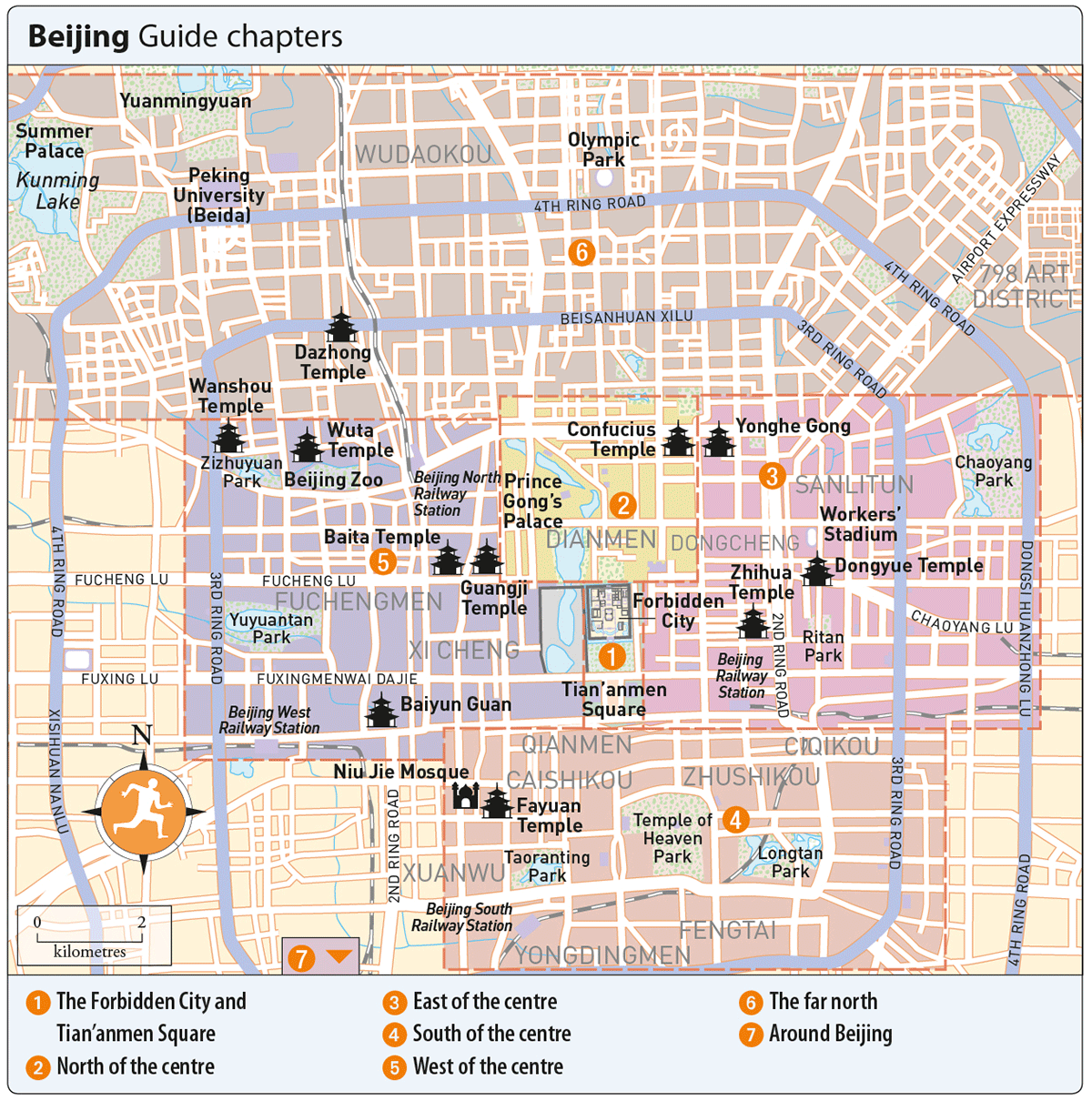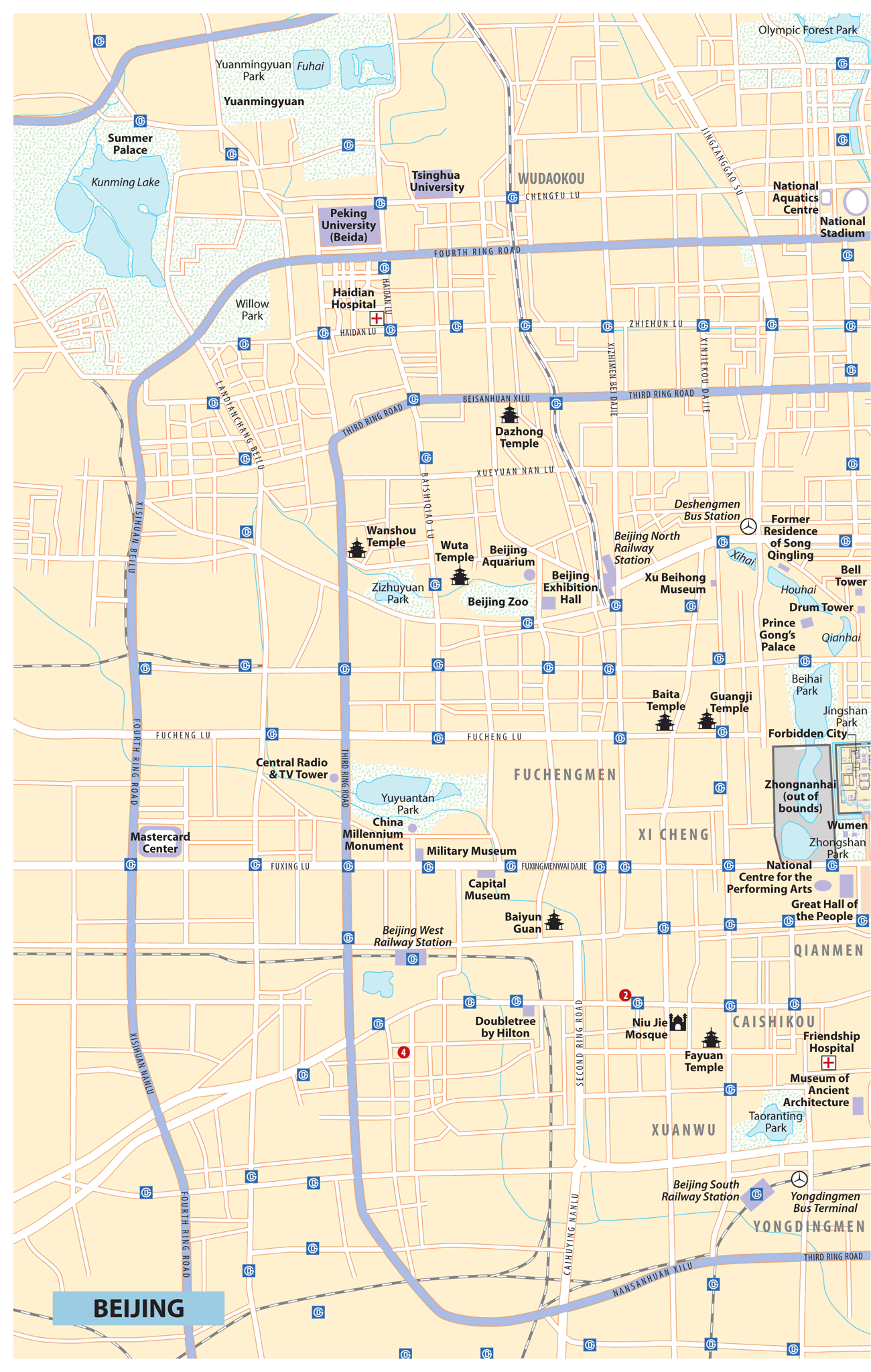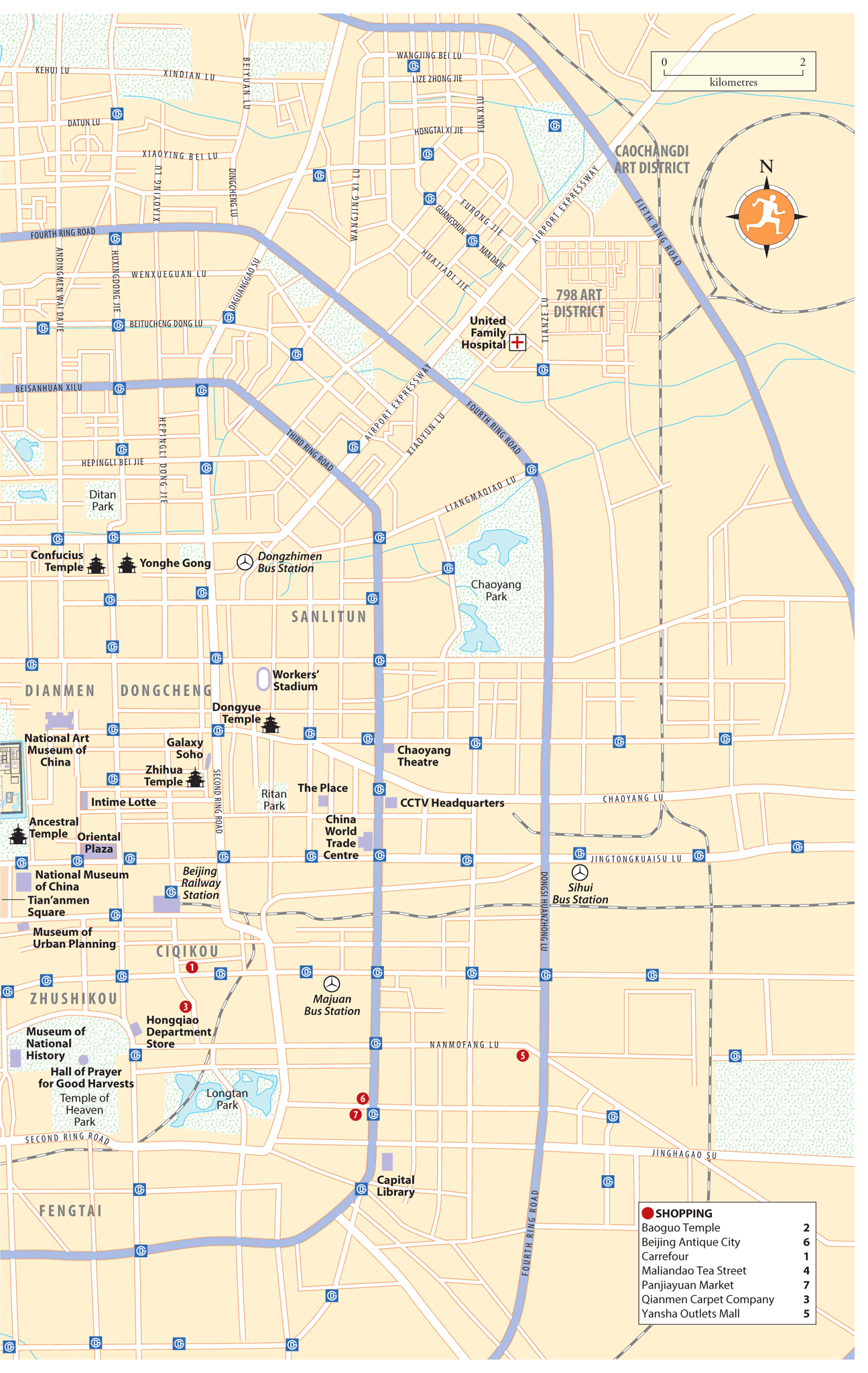INTRODUCTION TO BEIJING
As the capital of one of the worlds most dynamic economies, the bold modernity of Beijing (, bijng) should take nobody by surprise. And yet its hard not to be overawed by the sheer dynamism of this brash, gaudy, elegant, charming, filthy and historic city: whether partying to punk in a club, admiring the bizarre modern architecture spiking the skyline, or pushing your way through the bustling, neon-soaked streets, Beijing is never, ever dull. Yet the city remains firmly rooted in the past: for the last seven hundred years, much of the drama of Chinas history has been played out here, a place that saw the emperors enthroned at the centre of the Chinese universe inside the Forbidden City, and later witnessed the chaos of the early communist years. Though Beijing has been transformed over the last two decades to such an extent that it is barely recognizable, it still remains spiritually and geographically the buzzing heart of the nation.
As the front line of Chinas constant reinterpretation of the notion of modernity , the city is on permanent fast forward when it comes to urban development, and is continually being ripped up and rebuilt a factor responsible for the strange lack of cohesion between Beijings various districts. The government, meanwhile, seems unable to modernize, remaining as paranoid as ever towards potential dissent most obvious in all the media restrictions, and the multiple security barriers and bag checks around town though outside the political arena just about anything goes these days. Students in the latest fashions while away their time in internet cafs, dropouts mosh in grunge clubs, and bohemians dream up boutiques over frappuccinos. Not everyone has benefited from the new prosperity, however: migrant day-labourers wait for work outside the stations, and homeless beggars, not long ago a rare sight, are now as common as in Western cities.
The first impression of Beijing, for both foreigners and visiting Chinese, is often of a bewildering vastness , not least in the sprawl of uniform apartment buildings in which most of the citys 22 million-strong population are housed, and the eight-lane freeways that slice it up. Its a perception reinforced on closer acquaintance by the concrete desert of Tiananmen Square , and the gargantuan buildings of the modern executive around it. The main tourist sights the Forbidden City, the Summer Palace and the Great Wall also impress with their scale, though more manageable grandeur is offered by the citys attractive temples, including the Tibetan-style Yonghe Gong, the Taoist Baiyun Guan, and the astonishing Temple of Heaven, once a centre for imperial rites.
With its sights, history and, importantly, delicious food (all of Chinas diverse cuisines can be enjoyed cheaply at the citys numerous restaurants and street stalls), Beijing is a place that almost everyone enjoys. But its essentially a private city, one whose surface, though attractive, is difficult to penetrate. The citys history and unique character are in the details : to find and experience these, check out the little antiques markets; the local shopping districts; the smaller, quirkier sights; the citys twisted, grey stone alleyway hutongs ; and the parks, where youll see old men sitting with their caged songbirds. Take advantage, too, of the citys burgeoning bar scene and nightlife and see just how far the Chinese have gone down the road of what used to be deemed spiritual pollution. Keep your eyes open, and youll soon notice that westernization and the rise of a brash consumer society is not the only trend here. Just as marked is the revival of older Chinese culture , much of it outlawed during the more austere years of communist rule. Summer evenings see long strings of traditional kites rising up beyond the rooftops; the citys numerous parks are full of martial artists every morning; and theres a renewed interest in traditional music and opera for their own sake, rather than as tourist attractions.
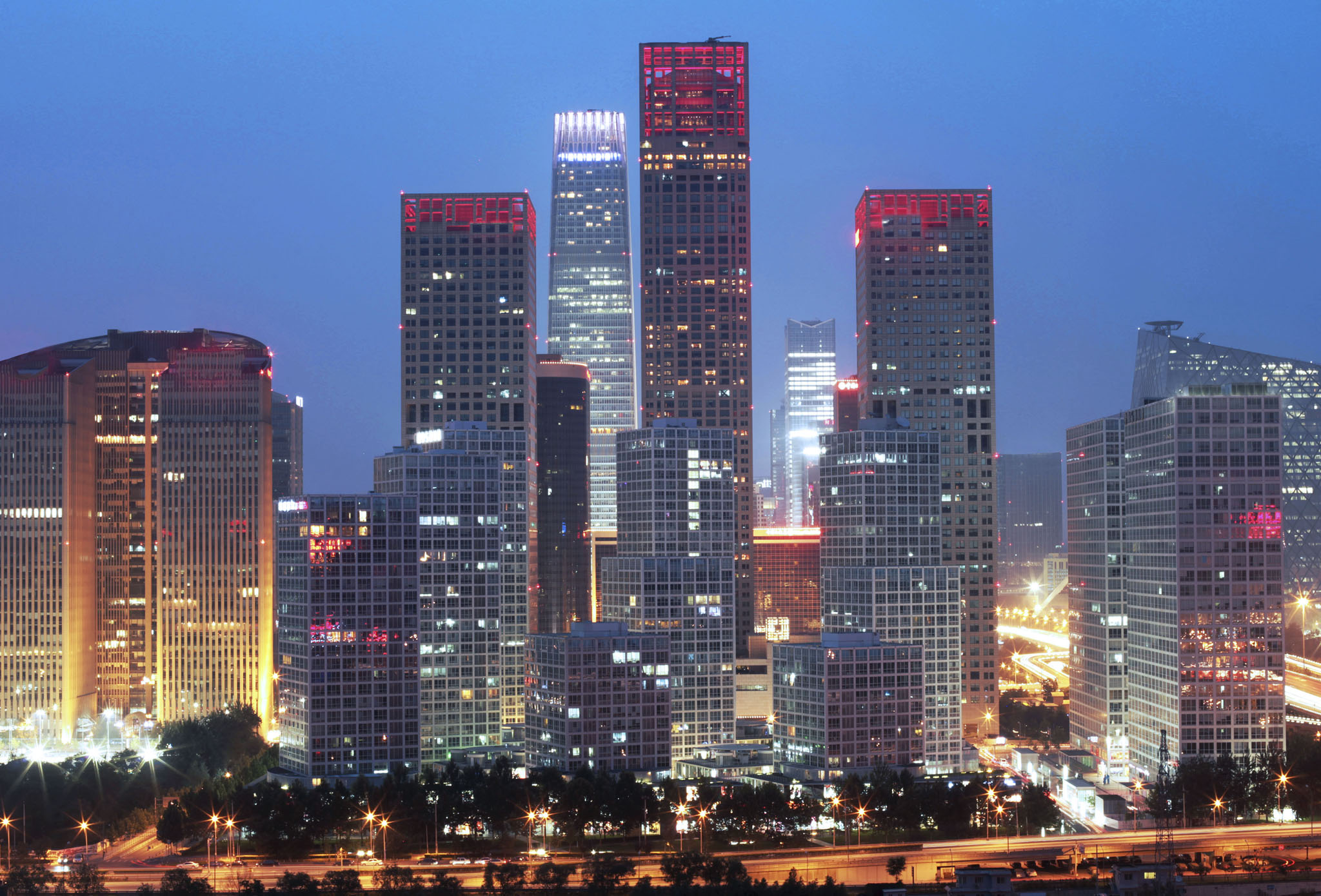
THE CBD
What to see
The absolute centre of China since the Ming dynasty, the wonderful Forbidden City remains Beijings most popular sight and rightly so. Immediately to its south is Tiananmen Square , a bald expanse with a hairy history; sights on and around the square include the colossal National Museum and three grand city gates, as well as the corpse of Chairman Mao, lying pickled in his sombre mausoleum.
The wide area spreading north of the Forbidden City is one of the citys most pleasant quarters. First comes Beihai Park , the old imperial pleasure grounds, centred on a large lake. North again are two further lakes, Qianhai and Houhai , and the historic Drum and Bell towers , set in the heart of one of the citys most appealing hutong areas. The hutongs are tricky to navigate, but getting lost is part of the fun nowhere else in Beijing is aimless rambling so amply rewarded. Many sights west of the lakes are remnants of the imperial past, when the area was home to princes, dukes and eunuchs. For a more contemporary side of Beijing, head east instead to the charming street of Nanluogu Xiang , one of Beijings most fashionable areas youngsters from all over the city come here to stroll and sup coffee, tourists (both foreign and domestic) go trinket mad, while expats tend to make a beeline for the craft breweries.



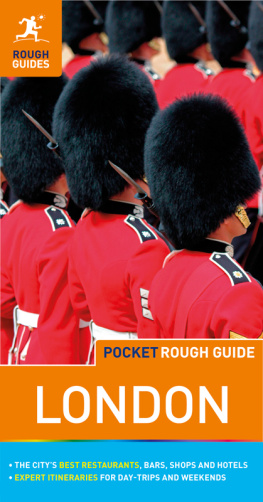
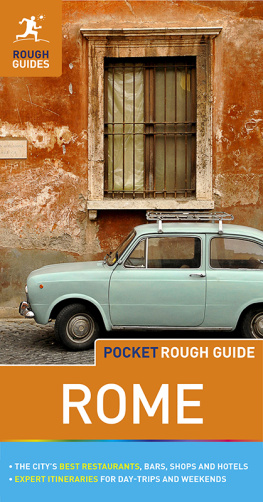



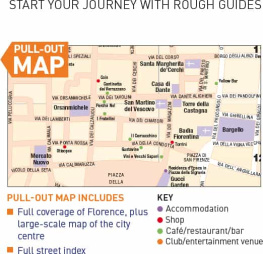
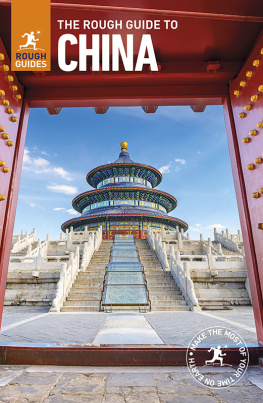
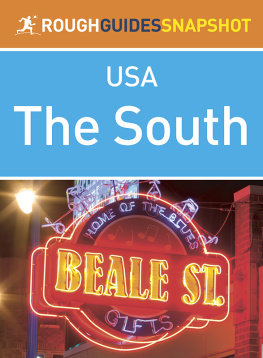
![Martin Zatko - The Rough guide to Beijing [2014]](/uploads/posts/book/218133/thumbs/martin-zatko-the-rough-guide-to-beijing-2014.jpg)
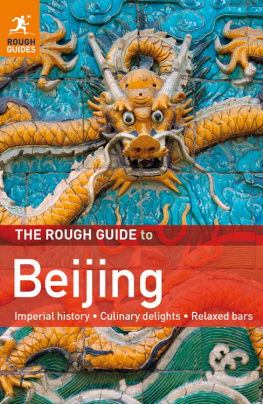
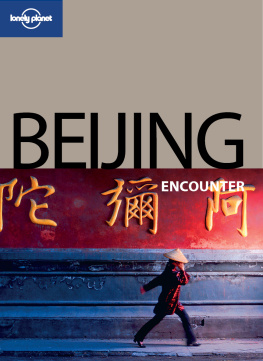
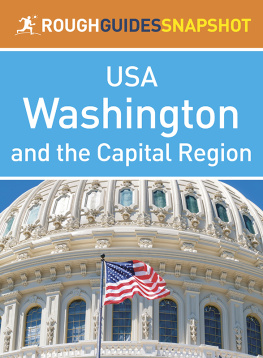
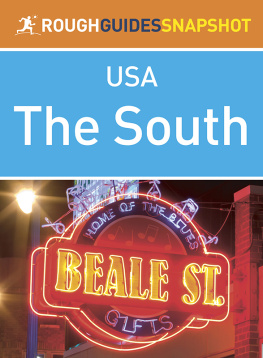
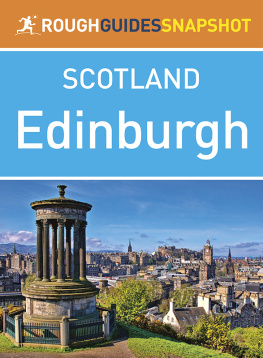


 . You can select your own favourites and create a personalized itinerary by bookmarking the sights, venues and activities that are of interest, giving you the quickest possible access to everything youll need for your time away.
. You can select your own favourites and create a personalized itinerary by bookmarking the sights, venues and activities that are of interest, giving you the quickest possible access to everything youll need for your time away.